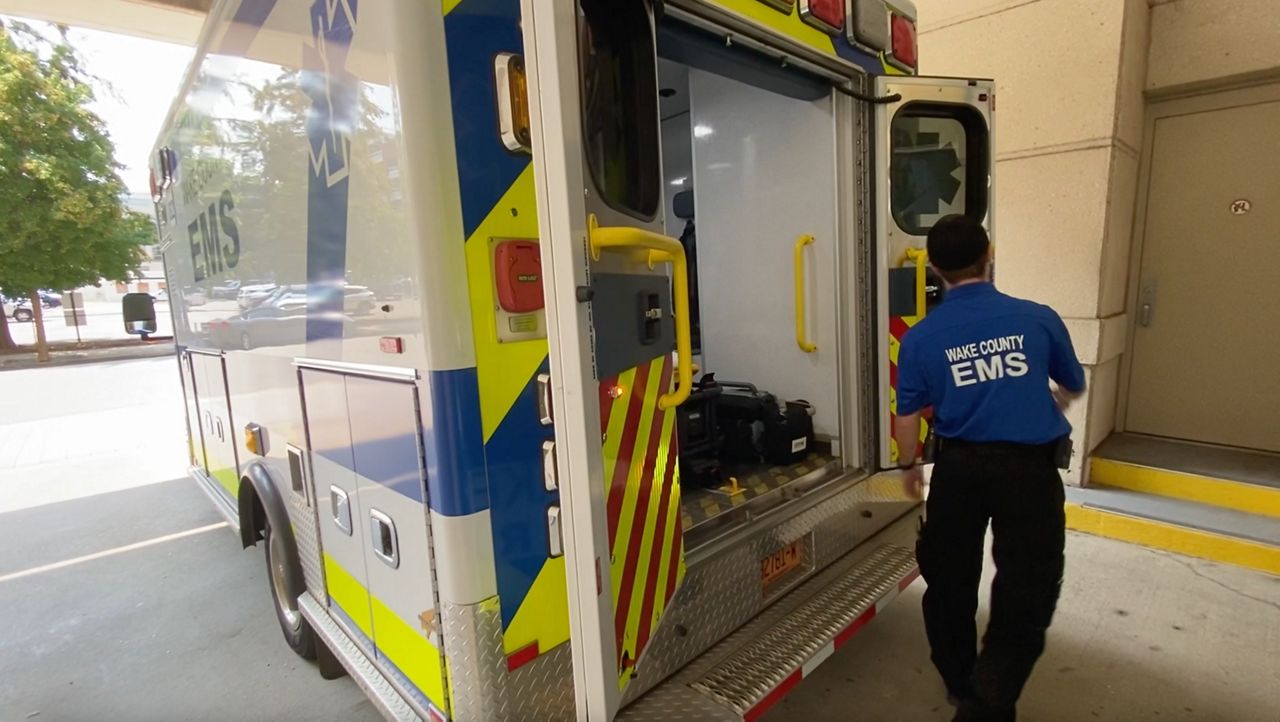COLUMBUS, Ohio — A study through The Ohio State University College of Medicine took a look at how emergency medical services (EMS) paramedics are changing the ways they help people breathe when getting them to the hospital.
A press release from the university's Wexner Medical Center said EMS “manage their patients’ airways” in cases like cardiac arrest, trauma and respiratory failure.
“Paramedics and emergency medical technicians are usually the first to provide lifesaving medical care for critically ill patients,” said Dr. Henry Wang, lead author and clinical professor of emergency medicine, in the release. “It’s important to understand EMS airway management practices so hospitals know the best method to transition patients from the ambulance and manage any potential complications.”
The study consulted EMS data and looked at encounters between patients and EMS between 2011 and 2022 during which “advanced airway management was attempted.” Two of those techniques are known as endotracheal intubation (ETI) and supraglottic airways (SGA).
ETI has been used for more than four decades, according to the release, and is apparently quite difficult as it requires the input of a flexible tube into the mouth and down into the lungs.
However, the study has found that in the last decade SGA has been becoming more common for treating patients suffering from cardiac arrest. They say SGA requires simpler devices that are placed above the vocal cords.
“SGA is considered to be a simpler, faster airway management technique,” Wang said in the release. “You can achieve similar ventilation results with less training.”
Between 2011 and 2022, the study found a drop in ETI attempts from 87.3% to 55.1% alongside a rise in SGA attempts from 25.1% to 61%. The release states that similar trends were present for non-cardiac arrest and trauma patients, though not as significant.
The university medical center says Wang is leading a Pediatric Prehospital Airway Resuscitation Trial “to determine the best method of advanced airway management in children.”
“This is the first formal study confirming that paramedic practice has changed to favor SGA over ETI,” Wang said in the release. “It is important to understand national EMS clinical practices to better allocate emergency resources and improve training.”



